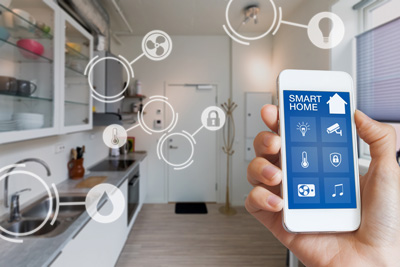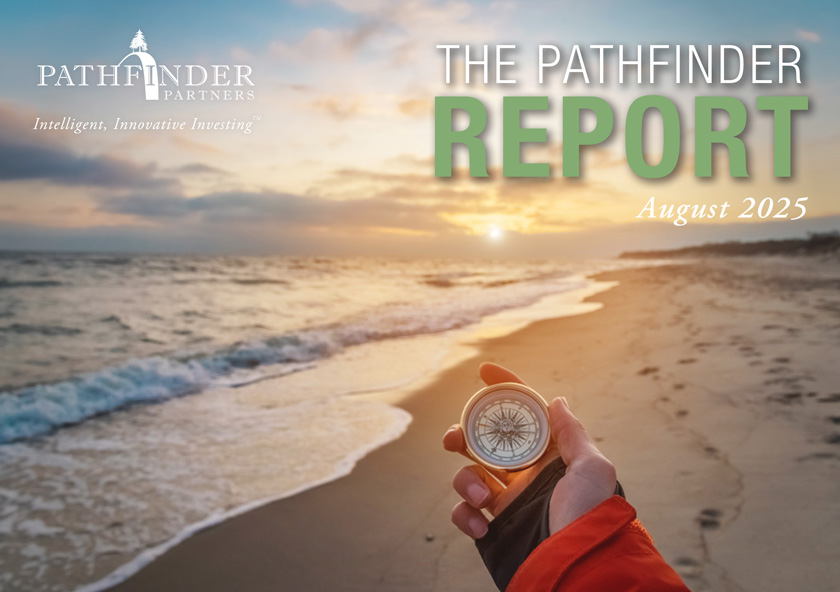Zeitgeist - News Highlights
The Latest in Apartment Tech
Enhancing the resident experience is a key differentiator for multifamily property owners and at the integration of smart technologies which simplify residents’ daily lives is key to keeping apartment residents satisfied. The most popular technologies include mobile and video-based building access controls, PIN-operated smart locks, secure package lockers with text alerts, pre-installed high-speed internet and app-controlled thermostats. Properties that incorporate these amenities often command premium rents. These systems are generally simple and scalable, reducing the burden on staff and elevating the level of service and security.
 Technology also personalizes the resident journey before a lease is signed. Digital platforms enable prospective renters to take virtual tours, allow many questions to be answered in real-time by A.I.-trained chatbots and schedule in-person tours – all without the need to coordinate with staff. The leasing process has gone digital as well, with tenant screening and lease execution systems fully accessible online. Once a lease is signed, the experience continues through online portals that allow residents to pay their rent, submit their maintenance requests and communicate directly with property management.
Technology also personalizes the resident journey before a lease is signed. Digital platforms enable prospective renters to take virtual tours, allow many questions to be answered in real-time by A.I.-trained chatbots and schedule in-person tours – all without the need to coordinate with staff. The leasing process has gone digital as well, with tenant screening and lease execution systems fully accessible online. Once a lease is signed, the experience continues through online portals that allow residents to pay their rent, submit their maintenance requests and communicate directly with property management.
As resident expectations evolve, properties that thoughtfully incorporate technology are better positioned for success. Technology-enabled leasing and property management teams can be more responsive and can make better decisions. Using technology can enhance the resident experience, which can reduce turnover, increase operational efficiencies and support stronger rent growth – all of which contribute to long-term asset performance and value.
Renting for Longer: The New Normal
High mortgage rates coupled with elevated home prices have created a growing class of renters by necessity. Unlike renters by choice – who prefer the flexibility – these households are locked out by economic forces and would prefer homeownership.
According to the National Association of Realtors, the median monthly mortgage payment for a typical homebuyer has doubled since 2020, and Redfin recently reported that only 16% of homes for sale in the U.S. are considered affordable to the average local household. As a result, more households are forced to embrace long-term renting and are not saving for a future home purchase down payment. Data from the Harvard Joint Center for Housing Studies shows that 22 million renter households have now been renting for more than five years – a 20% increase over the past decade.
As more residents embrace long-term renting, owners are investing in upgraded amenities and resident services. Enhancements like modern fitness centers, coworking lounges and hospitality-style services are becoming standard as communities adapt to meet the expectations of a more permanent renter base.
For investors, the emergence of a “rent-for-longer” demographic offers compelling tailwinds. Demand is less cyclical and more durable, particularly in workforce housing and suburban markets where monthly rents remain significantly below the cost of homeownership. As homeownership remains out of reach for many, high-quality rentals have become a long-term housing solution.
Share this Article
IN THIS ISSUE
PATHFINDER MULTIFAMILY OPPORTUNITY FUND IX, L.P.
CHARTING THE COURSE
Demographics, High Interest Rates Torpedo Homeownership, Fueling Apartment Demand
FINDING YOUR PATH
A Few Tips for Enhancing Investing Outcomes in Different Real Estate Cycles
GUEST FEATURE
The Power of Retention
ZEITGEIST
News Highlights
TRAILBLAZING
The Ranch, San Diego, CA
NOTABLES AND QUOTABLES
Trust
